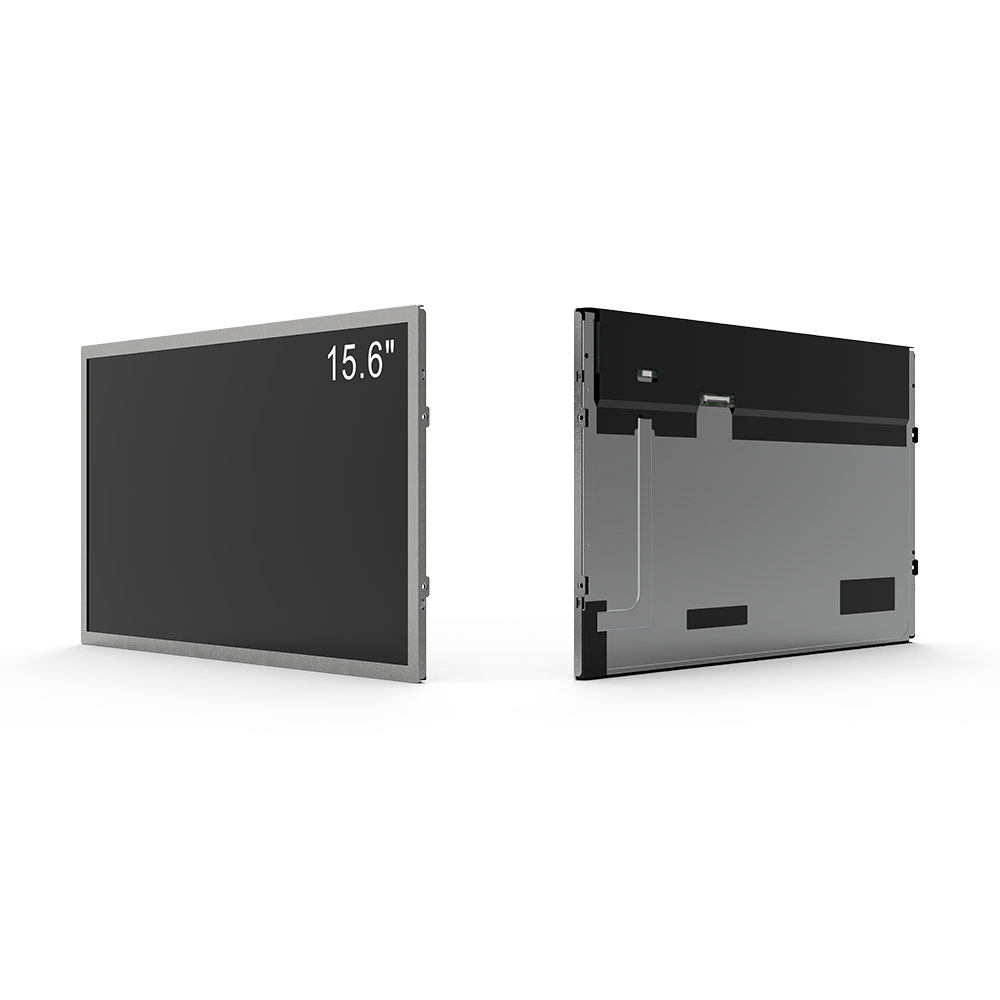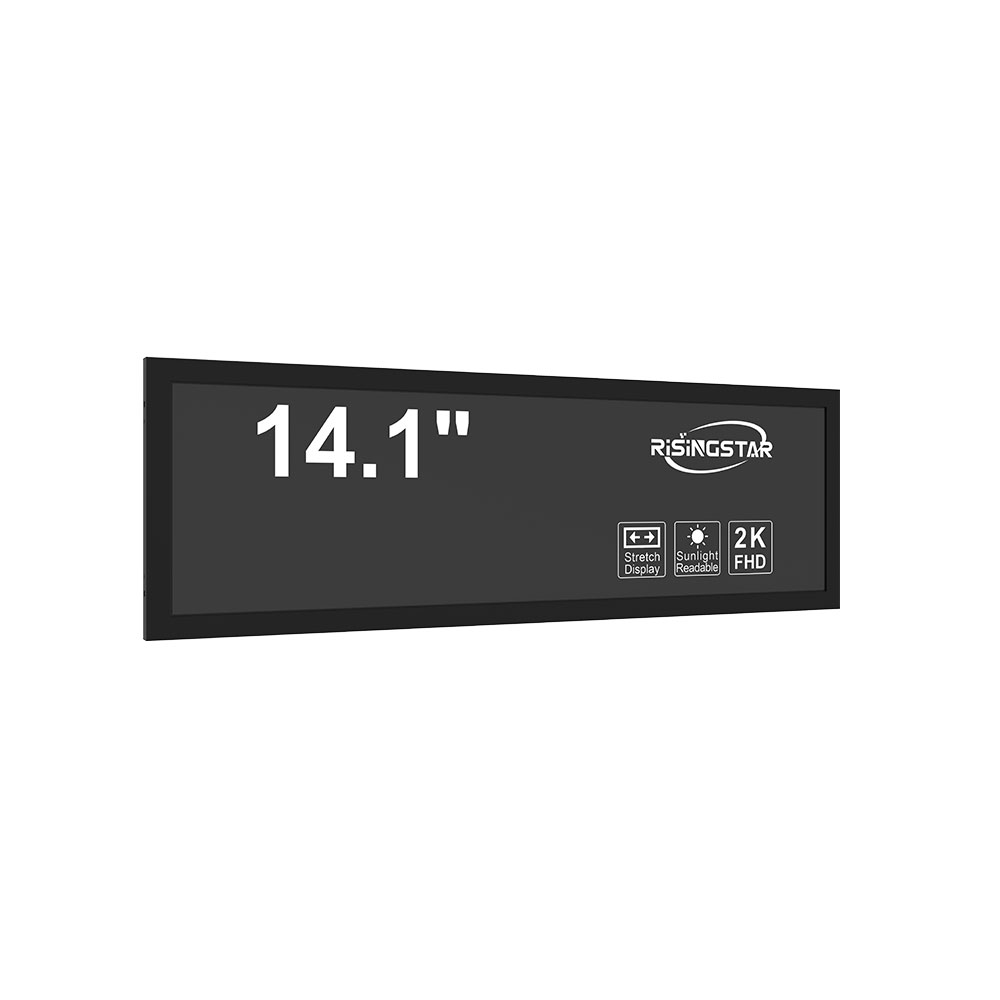
Declaración de privacidad: Su privacidad es muy importante para nosotros. Nuestra empresa promete no divulgar su información personal a ninguna empresa externa sin su permiso explícito.
An IPS (In-Plane Switching) panel monitor is a type of liquid crystal display (LCD) technology designed to deliver superior image quality, wider viewing angles, and more accurate color reproduction compared to older technologies like TN (Twisted Nematic) panels. Developed in the late 1990s by Hitachi and later refined by companies such as LG Display and Sharp, IPS panels have become the preferred choice for professionals in graphic design, video editing, medical imaging, and high-end consumer electronics.
The core advantage of IPS technology lies in how it aligns liquid crystal molecules. Unlike TN panels, where molecules twist perpendicular to the glass substrate, IPS panels align the molecules parallel to the plane of the glass. This arrangement allows for better control over light passage, resulting in more consistent color accuracy from virtually any angle—typically up to 178 degrees both horizontally and vertically. This makes IPS monitors ideal for collaborative workspaces, multi-monitor setups, or environments where users may not always sit directly in front of the screen.
Performance-wise, IPS panels offer excellent color depth—often supporting 8-bit or even 10-bit color depths—which enables smoother gradients and richer hues. They also provide higher contrast ratios (often between 1000:1 and 3000:1) compared to TN panels, which typically max out around 500:1. For example, the Dell UltraSharp U2723QE and LG 27UP850 are industry-standard IPS monitors used by designers and photographers due to their 99% sRGB coverage and factory-calibrated color accuracy.
However, IPS panels traditionally had slower response times (measured in milliseconds), which could cause motion blur in fast-paced gaming scenarios. Recent advancements, especially with IPS Black and Fast IPS variants, have dramatically improved response times—down to as low as 1ms. Monitors like the ASUS ProArt PA279CV and AOC Q27G2S now combine IPS clarity with competitive gaming performance, making them suitable for both creative professionals and gamers alike.

Another key benefit of IPS technology is its ability to reduce color shift under varying lighting conditions—an essential trait for sunlight-readable displays. This is why many military, industrial, and outdoor applications rely on IPS-based LCDs with high-brightness backlighting (up to 5,000 nits or more). According to a 2023 report by Statista, over 65% of premium laptops sold globally now use IPS panels, underscoring their dominance in high-quality display markets.
In summary, an IPS panel monitor delivers professional-grade visual fidelity, broad viewing capabilities, and robust color management—making it the gold standard across industries that demand precision and reliability. Whether you're a digital artist, a data analyst, or an engineer working in harsh environments, understanding IPS technology empowers smarter purchasing decisions and better productivity outcomes.

Enviar correo electrónico a este proveedor

Declaración de privacidad: Su privacidad es muy importante para nosotros. Nuestra empresa promete no divulgar su información personal a ninguna empresa externa sin su permiso explícito.